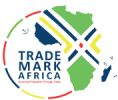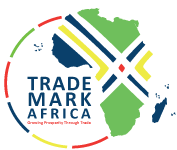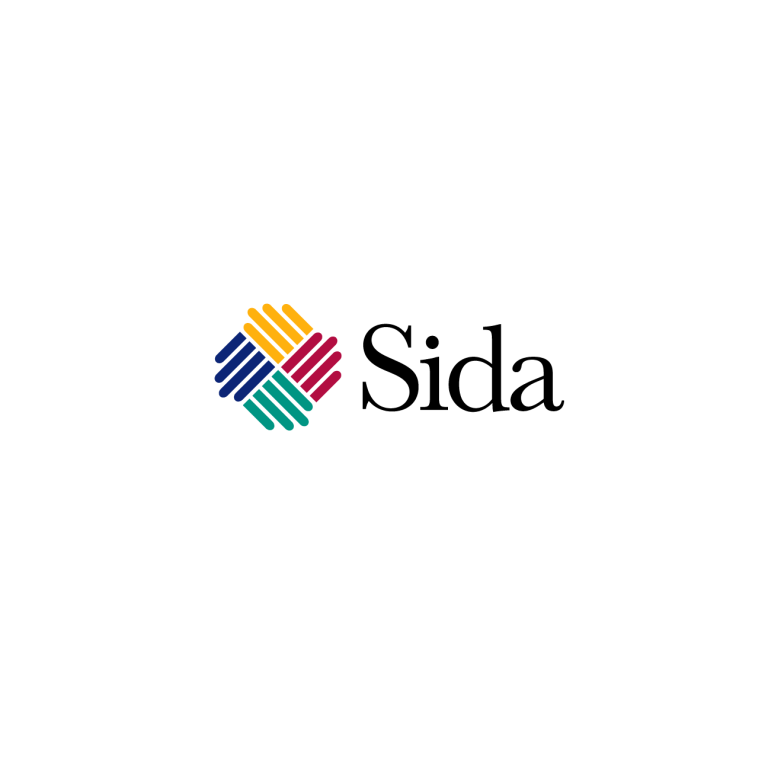Rwanda is blazing a trail for the rest of East Africa to follow by launching sub-Saharan Africa’s first one-stop electronic trade clearance system, a computerized scheme that saves time, shoe leather and money. “This is a ground breaking scheme to cut the red tape snarling trade and I am confident it will pave the way for similar systems in EAC countries as well as making Rwanda an even cheaper place to do business,” Ben Kagarama, Commissioner General of the Rwanda Revenue Authority said at the launch August 3rd, 2012. Called the Rwanda Electronic Single Window (RESW), the system gathers under one electronic roof all the agencies needed to clear, approve and charge duty on imports and transit goods transparently, quickly and efficiently. “It’s one of our most important areas of support – an I.T. solution to improve the administration of the whole process of clearing goods and bring Kigali one day closer to Mombasa.” said Mark Priestley, Rwanda Country Director of TradeMark Africa, which helped deliver the system. “It has huge implications and offers great possibilities for other countries in the EAC, several of whom are adopting the same system.” In the past, the landlocked country of Rwanda cleared goods using hard copy documents that were physically moved from office to office and across a variety of organizations – the Rwanda Revenue Authority (RRA), the Rwanda Bureau of Standards, the Health Ministry, the Airlines and the Rwanda Development Board (RDB). Now the process has been streamlined and computerized and can...
Rwanda opens wide an electronic window for trade
Posted on: June 27, 2014
Posted on: June 27, 2014
























